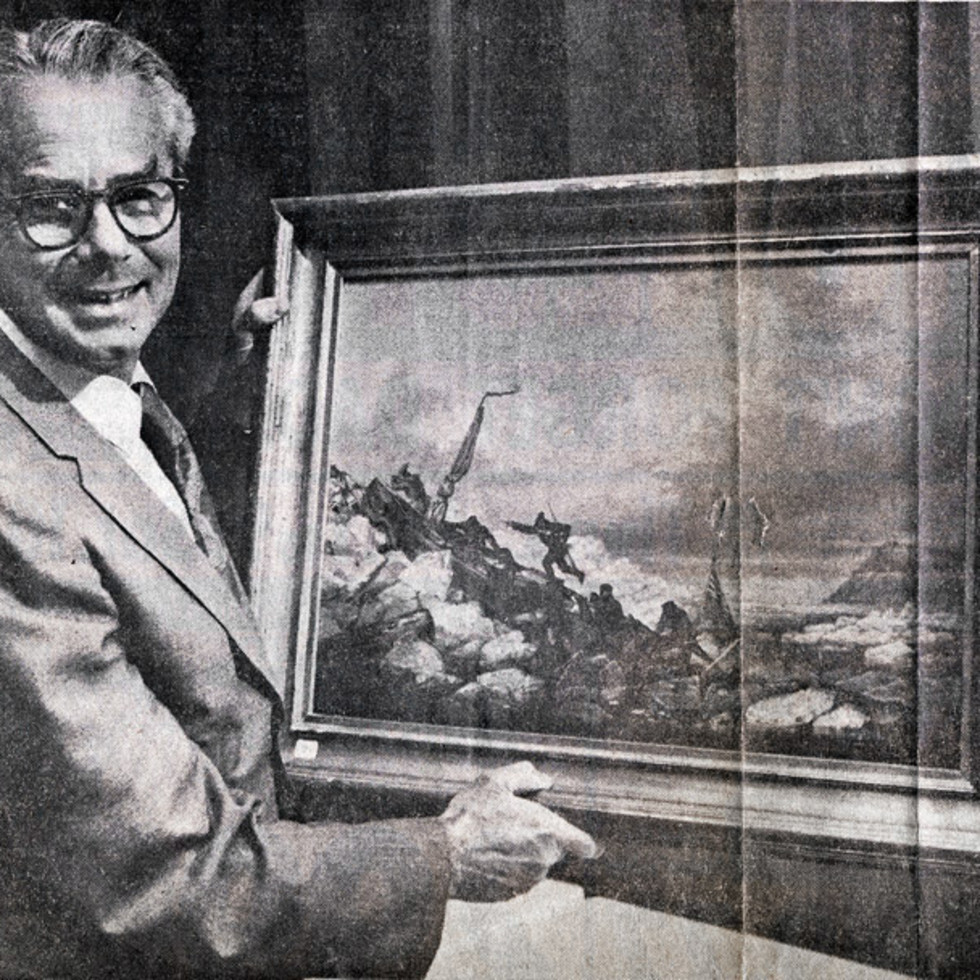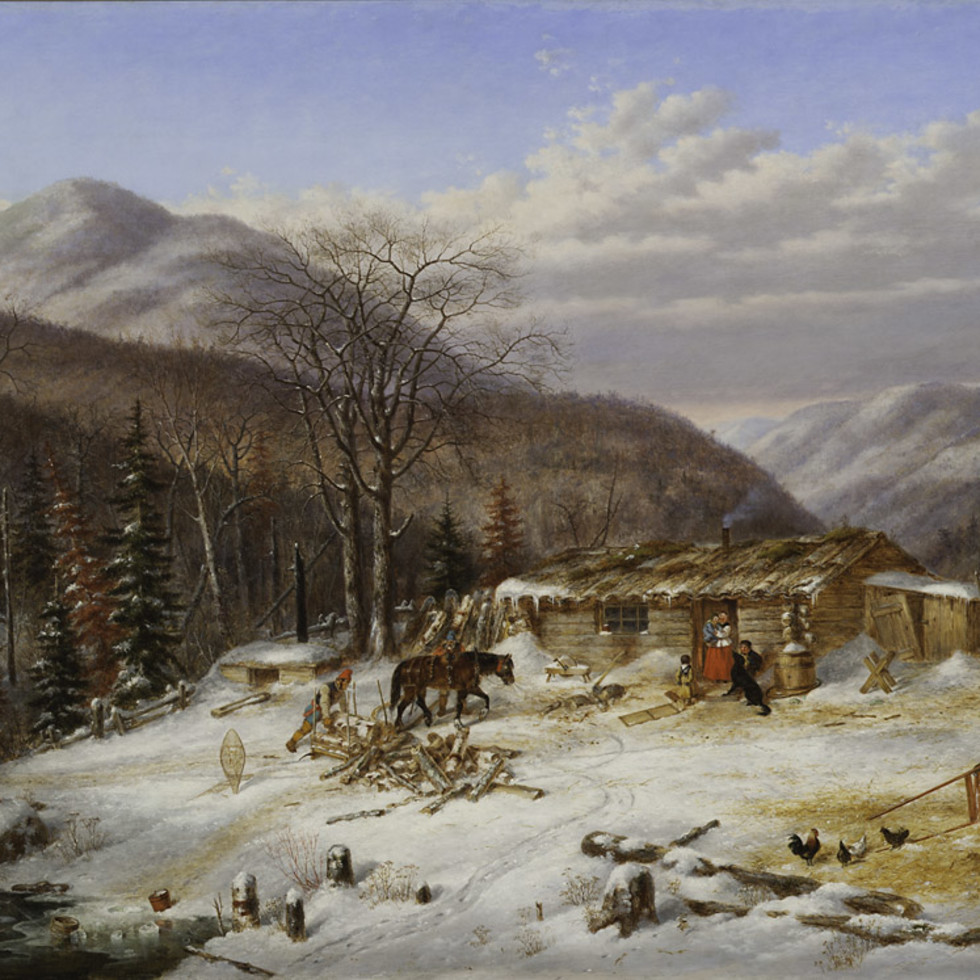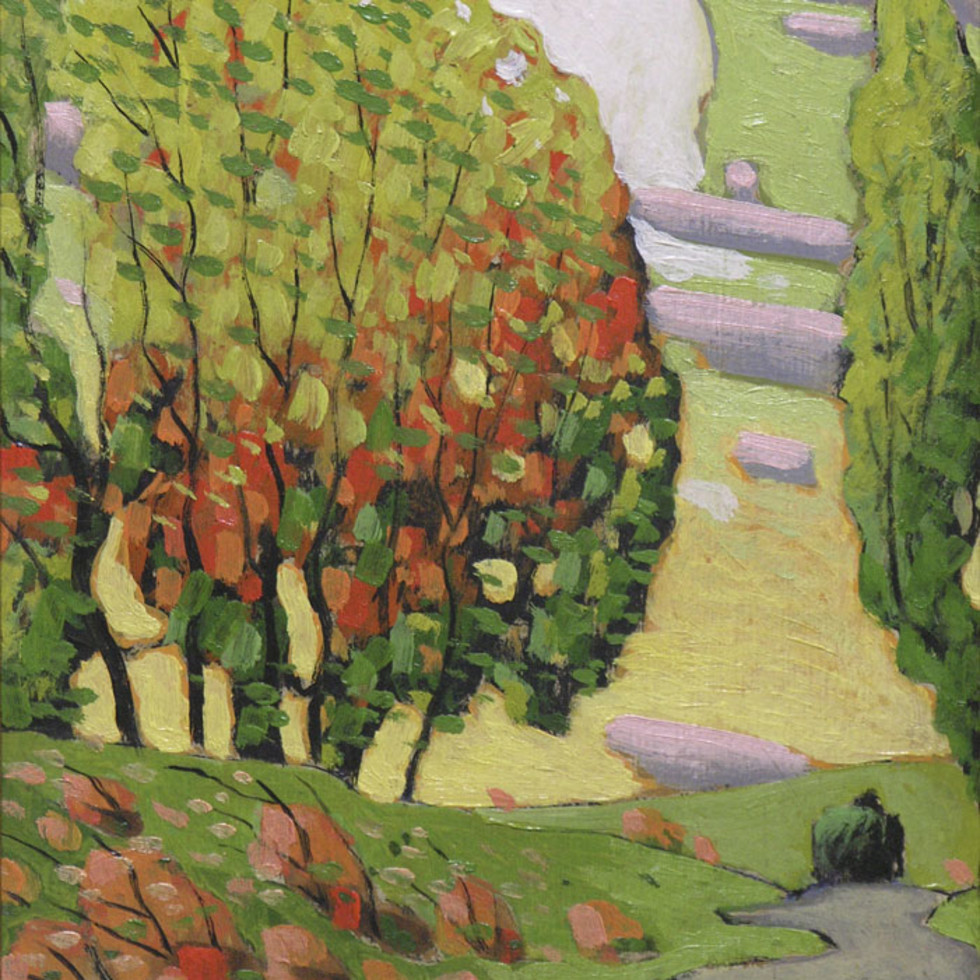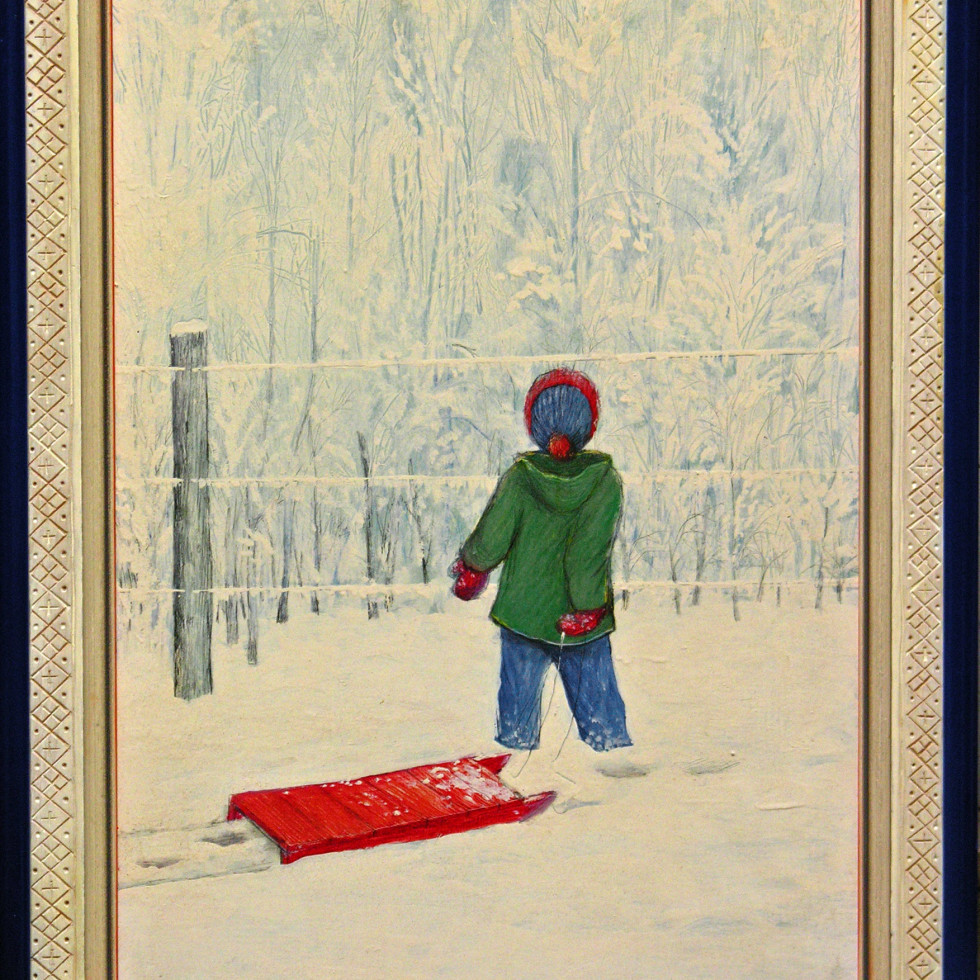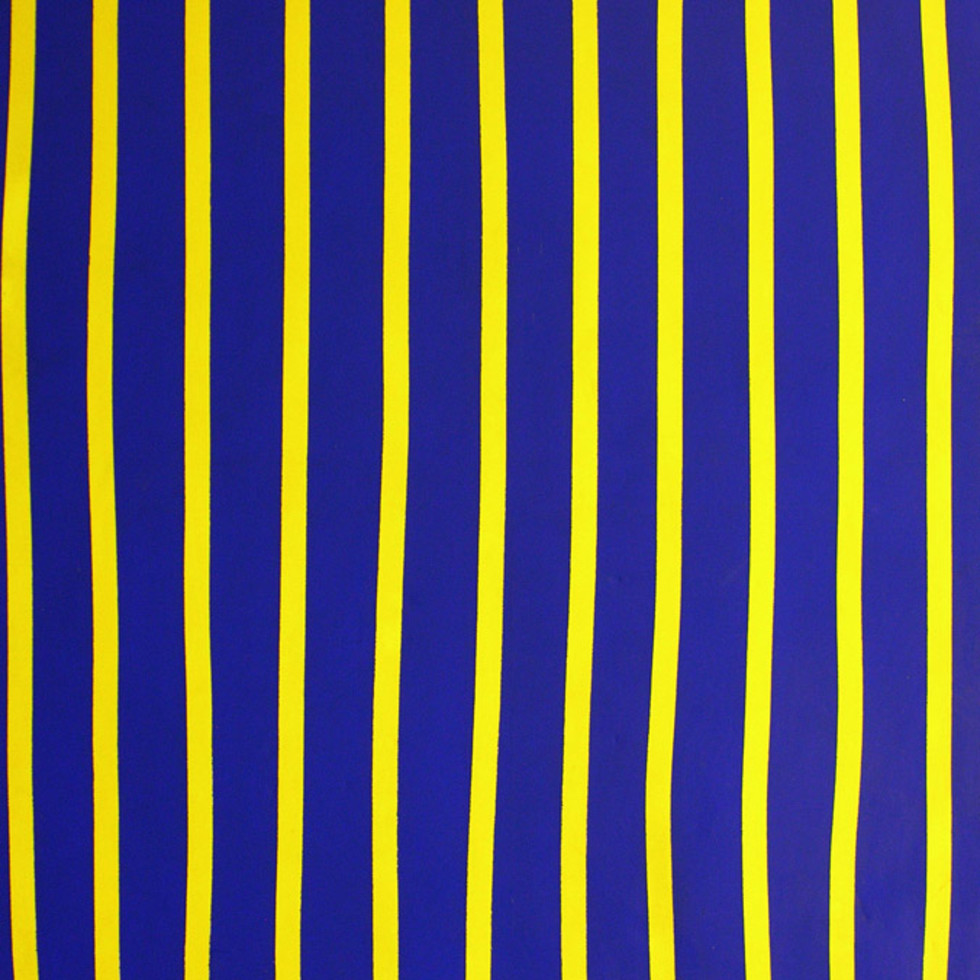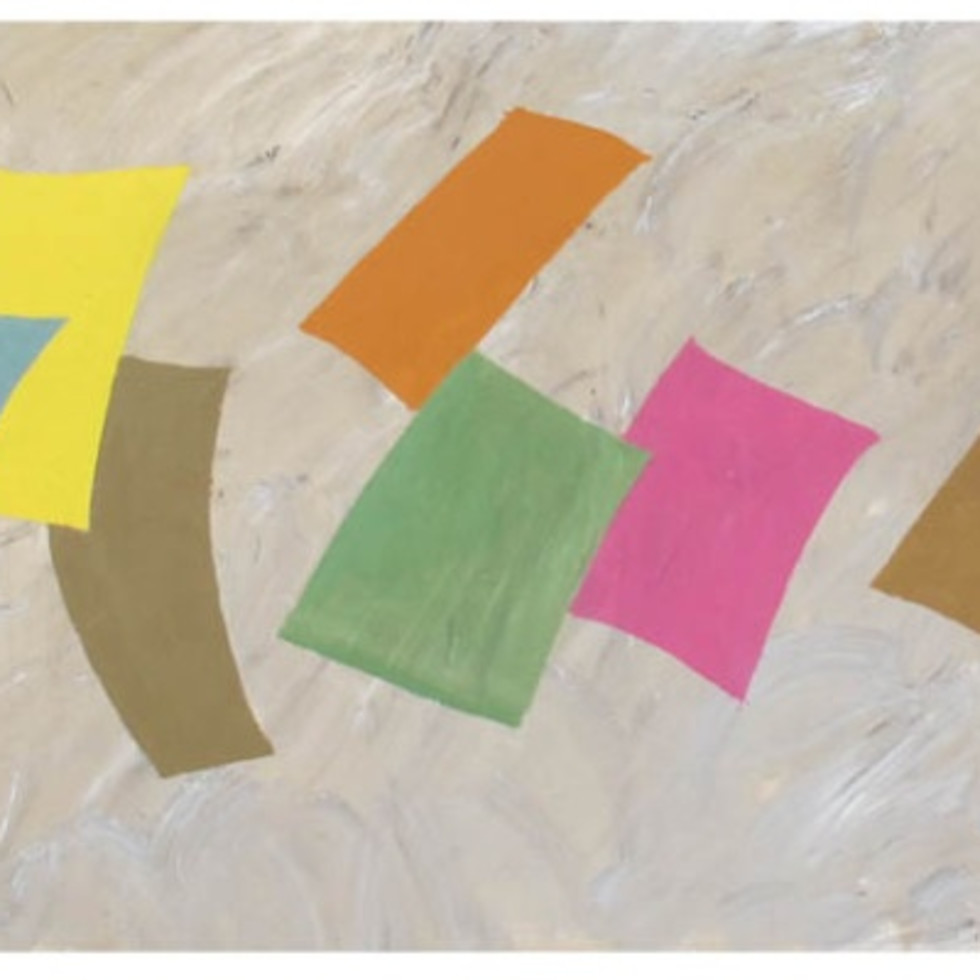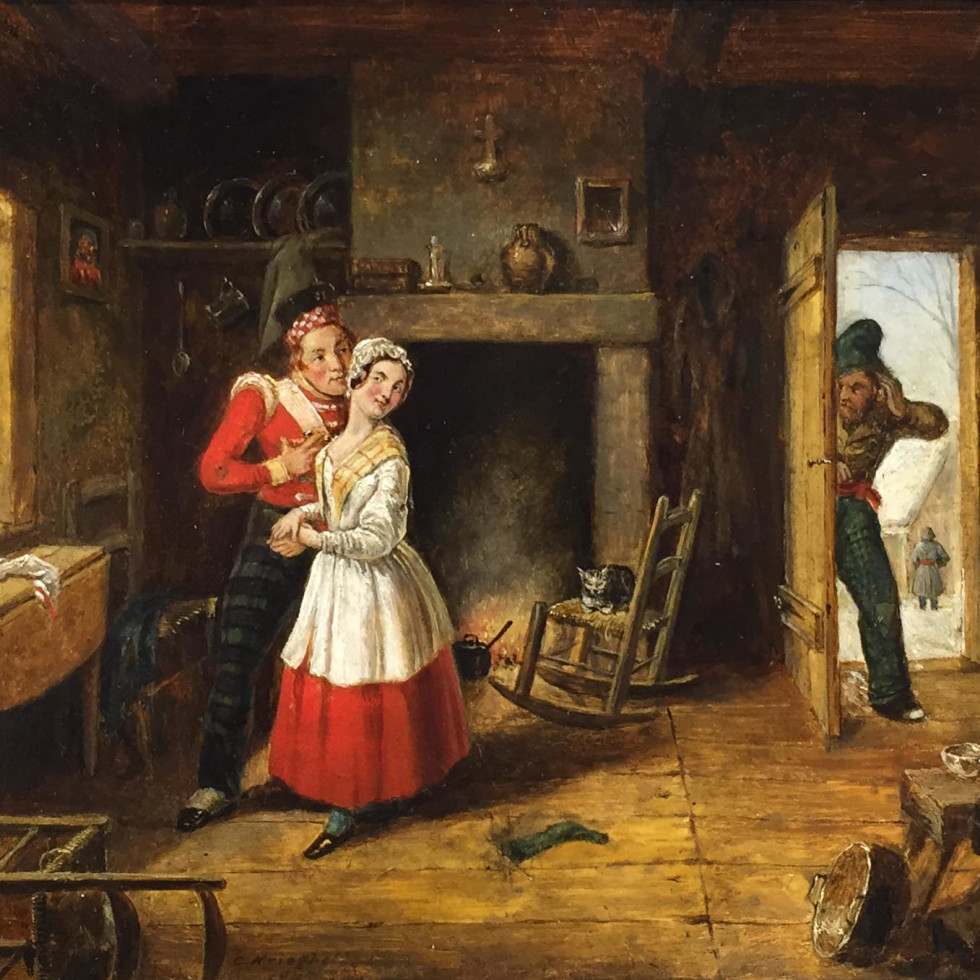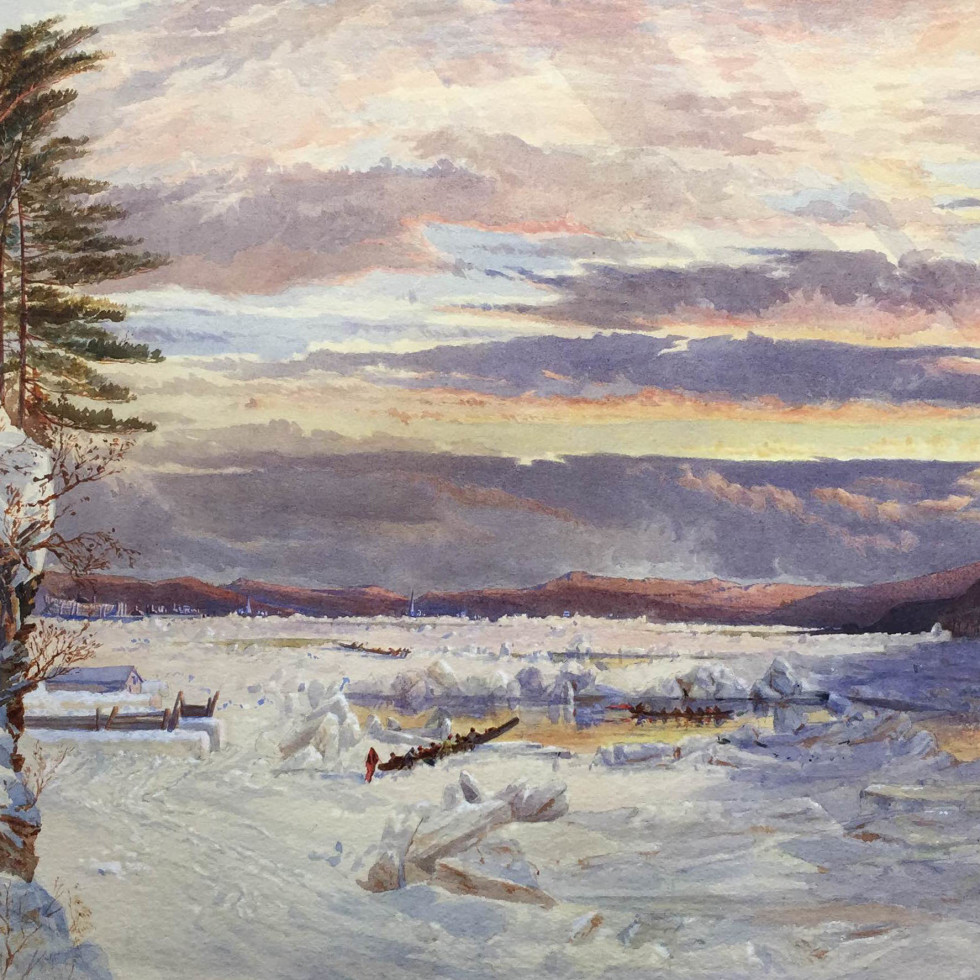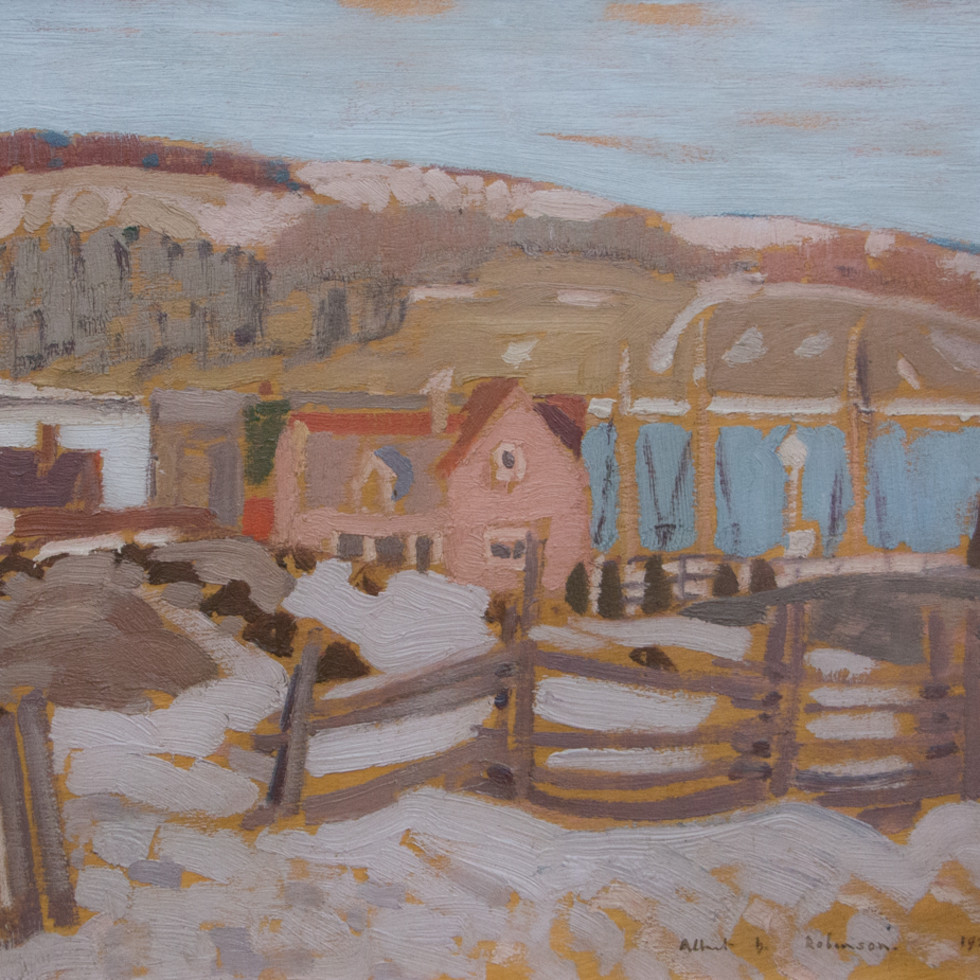Cornelius Krieghoff
 "There is hardly a Canadian home without some memento of him."
Obituary for Cornelius Krieghoff
"There is hardly a Canadian home without some memento of him."
Obituary for Cornelius Krieghoff
Cornelius Krieghoff was perhaps the finest Canadian artist to describe Quebec life in the mid-nineteenth century. He was born in Holland in 1815 and grew up in Bavaria. He sailed for North America in 1837, where he joined the U.S. Army and, apparently, was dispatched to a group fighting the Seminole Wars in Florida. Legend has it that he enrolled for a second tour of duty, received some advance pay and immediately went north, relocating to the Montreal area, specifically to Boucherville on the South Shore. There, he married a Francophone, Emilie Gauthier. Records available at the Louvre as well as at other Paris museums serve as evidence that he was in Paris in 1845, studying art and improving his ability by copying paintings by important masters - a practice not uncommon for aspiring artists, even today.
From 1846, for seven years, Cornelius Krieghoff was active in the Montreal area. After he moved to Quebec City for some ten years where he enjoyed considerable success selling his genre paintings of the Canadiens and of the indigenous people. Krieghoff was highly accomplished as an artist, technically unsurpassed and a sensitive observer of both people and nature. With a critical eye to look at an important Krieghoff painting, St. Anne River, Early Winter, one discovers an extensive palette of pigment applied with the hand and eye of an exceptional artist. The magnificence of the panorama exceeds even today’s promotional abilities for this area near Saint-Ferréol-les-Neiges, where today the canyon attracts countless tourists. Krieghoff’s paintings of the Canadiens are primarily of the rural lifestyle, highly interpretive, upbeat in temperament and, we suggest, showing the influence of some of the Dutch and German genre painting in his heritage.
Krieghoff’s paintings of aboriginals are compositionally somewhat consistent; painted with a masterful ability and often interpreting the aboriginals' respectful and harmonious relationship with their land. He was not only one of the premiere artists of his generation but also likely the most successful as an entrepreneur. He cultivated clients among Quebec society, including the British soldiers garrisoned there at the time. His ability to sell his paintings liberated him from the constraints of teaching, doing church decoration and portraiture, the work that so many aspiring artists - among them Alfred Holdstock, Antoine Plamondon and Théophile Hamel – who were financially obliged to do so in a young country. Because of his success we benefit from an important body of artwork that may amount to upwards of 1800 paintings.
From 1863, Cornelius Krieghoff seems to have spent about six years in Europe, returning briefly to Quebec in 1870 before moving to Chicago, where he died in 1872. Finally, it is noteworthy that the finest and largest collection of Krieghoff paintings were assembled by Canada’s foremost connoisseur, the now late Kenneth Thomson, Lord Thomson of Fleet, a gentleman with a world-class eye for identifying truly great art of many different origins and vintages, as well as the financial ability to make their purchase. It is not coincidental that Krieghoff paintings would have been among his most passionate pursuits. A large selection of his Krieghoff’s and equally fine works by other master artists has been donated by Lord Thomson’s Estate and his family to the Art Gallery of Ontario. Krieghoff paintings are represented in all major museums in Canada and in the finest collections of historical Canadian art.








